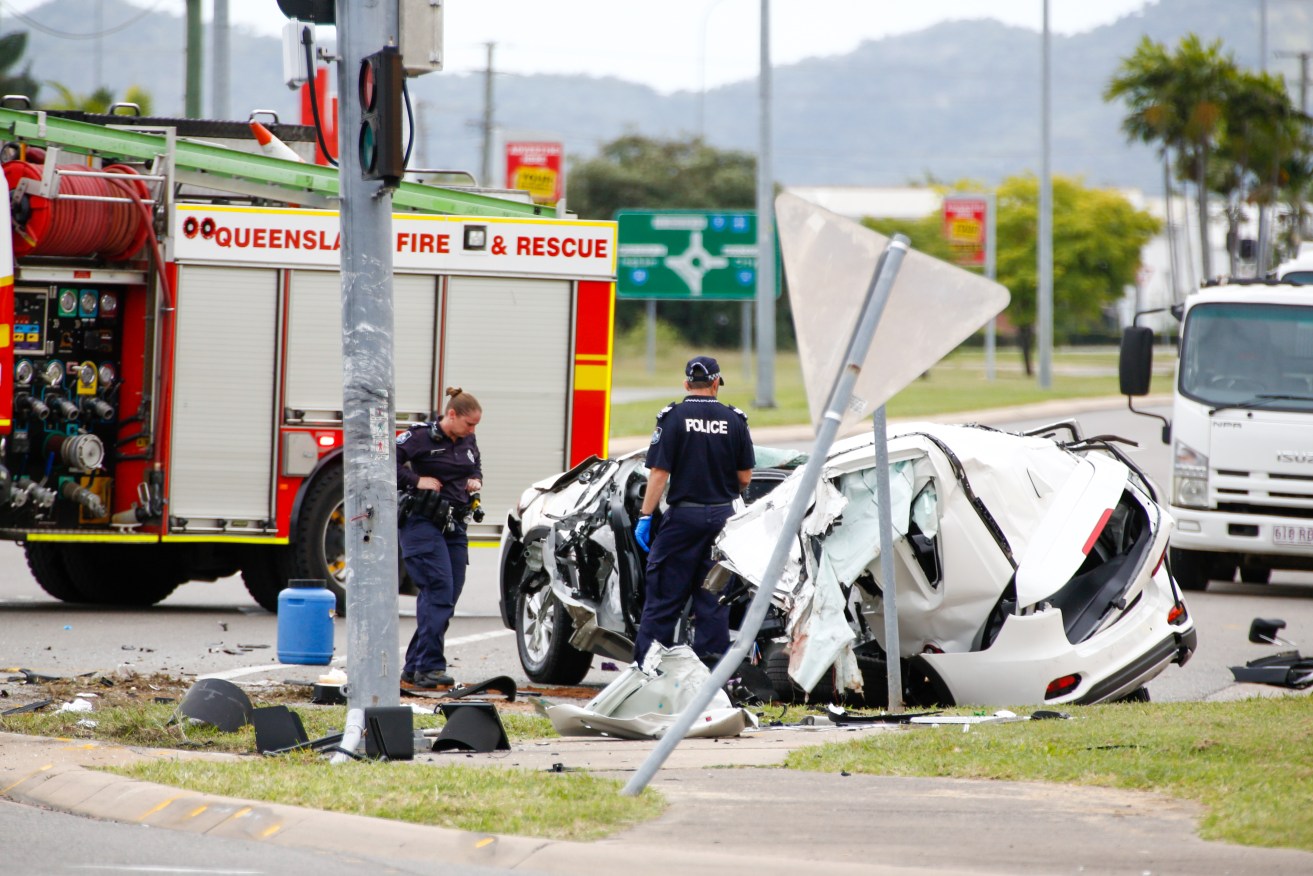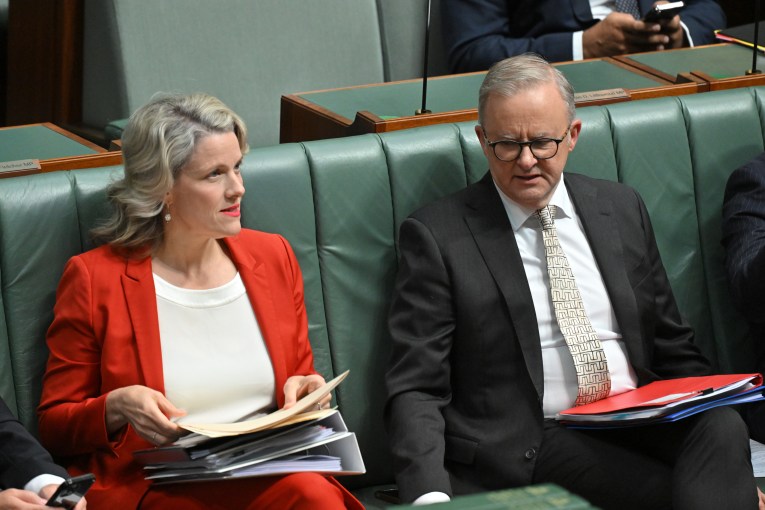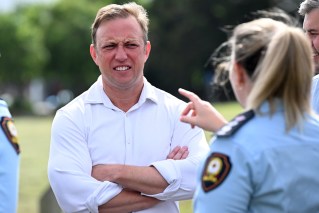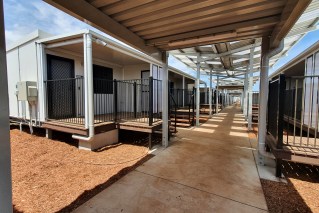Deadly secrets: Road toll on the rise, so why are true figures being kept quiet?
Road deaths across Australia have surged in the past 12 months but the solutions that could help reverse this trend remain shrouded in government secrecy.

Police work at the scene of a fatal car crash in Townsville, QLD, Sunday, June 7, 2020. A 14-year-old boy was driving a stolen vehicle that crashed, killing four other teenagers, in suburban Townsville early on Sunday. (AAP Image/Michael Chambers) NO ARCHIVING
The number of fatal road accidents across the nation jumped by 8.2 per cent year-on-year to the end of March, with 1286 fatalities, according to the Australian Automobile Association’s report looking at the National Road Safety Strategy.
NSW had the biggest rise in road deaths over the year with a 33 per cent increase to 364 fatalities.
Victoria had a 13 per cent increase in road toll to 291 deaths while the Northern Territory had a 21 per cent surge to 45.
The ACT had the steepest drop in road deaths with a 76 per cent reduction to four fatalities followed by Tasmania which recorded a 35 per cent drop to 31.
Despite the overall year-on-year increase, federal, state and territory governments have failed to release crucial data that could inform ways to reduce the road toll, the automobile association said.
The secret data is collected by the states and territories and describes each jurisdiction’s road quality, the causes of fatality crashes and the effectiveness of law enforcement regimes.
A lack of government transparency means three of the road strategy’s five benchmarks cannot be measured and best practices cannot be compared.
“Some (jurisdictions) are more successful than others,” Australian Automobile Association managing director Michael Bradley told AAP.
“If they’re not asked to report on this and we can’t compare and contrast, how are we going to develop some sort of evidence-based response to a problem that’s putting 100 Australians in hospital today?”
The automobile association is among 20 national safety-focused organisations part of the DataSavesLives campaign.
“Any system that sees a 10 per cent annual climb in death tolls is not working,” Mr Bradley said.
“The (states and territories) can’t pretend they’re doing all they can fix it because they’re sitting on the information that’s required to unpack the problem.”
As the federal government and their state and territory counterparts prepare to negotiate a $50 billion road budget for their five-year National Partnership Agreement, the groups are asking for critical road safety data as a condition of receiving money for roads.
“What we’re asking for will deliver immense road safety benefits,” Mr Bradley said.
“What it will also do is clip the wings of politicians who like to pork barrel at election time, because politicians like to spend money on projects or in electorates of their choosing and that kind of data transparency will stop that happening.”
The campaign has the public support of the coalition, Greens and crossbench in the House of Representatives, with Macarthur MP Mike Freelander the sole government MP to support the initiative.
“Transparency will deliver evidence-based responses that will save lives and it’ll force politicians to spend money and develop policies that are in the best interest of motorists,” Mr Bradley said.
STATE OF THE STATES AND TERRITORIES
* National: 1286 deaths in the 12 months to March 31, 2024, an 8.2 per cent increase from 1188
* 14 children (under seven years old) died on Australian roads, down from 17
* NSW: 364 deaths in the 12 months to March 31, an increase of 33.3 per cent from 273
* Victoria: 291 deaths in the 12 months to March 31, an increase of 13.2 per cent from 257
* Queensland: 290 deaths in the 12 months to March 31, an increase of 3.6 per cent from 280
* South Australia: 99 deaths in the 12 months to March 31, an increase of 4.2 per cent from 95
* Western Australia: 162 deaths in the 12 months to March 31, a decrease of 10.5 per cent from 181
* Tasmania: 31 deaths in the 12 months to March 31, a decrease of 35.4 per cent from 48
* Northern Territory: 45 deaths in the 12 months to March 31, an increase of 21.6 per cent from 37
* ACT: Four deaths in the 12 months to March 31, a decrease of 76.5 per cent from 17
ROAD USERS
* Drivers: 593 deaths in 12 months to March 31, a 7.8 per cent increase from 550
* Passengers: 215 deaths in 12 months to March 31, a 13.8 per cent increase from 189
* Pedestrians: 174 deaths in 12 months to March 31, a 10.8 per cent increase from 157
* Motorcyclists: 258 deaths in 12 months to March 31, a 5.3 per cent increase from 245
* Cyclists: 32 deaths in 12 months to March 31, a 20 per cent decrease from 40











